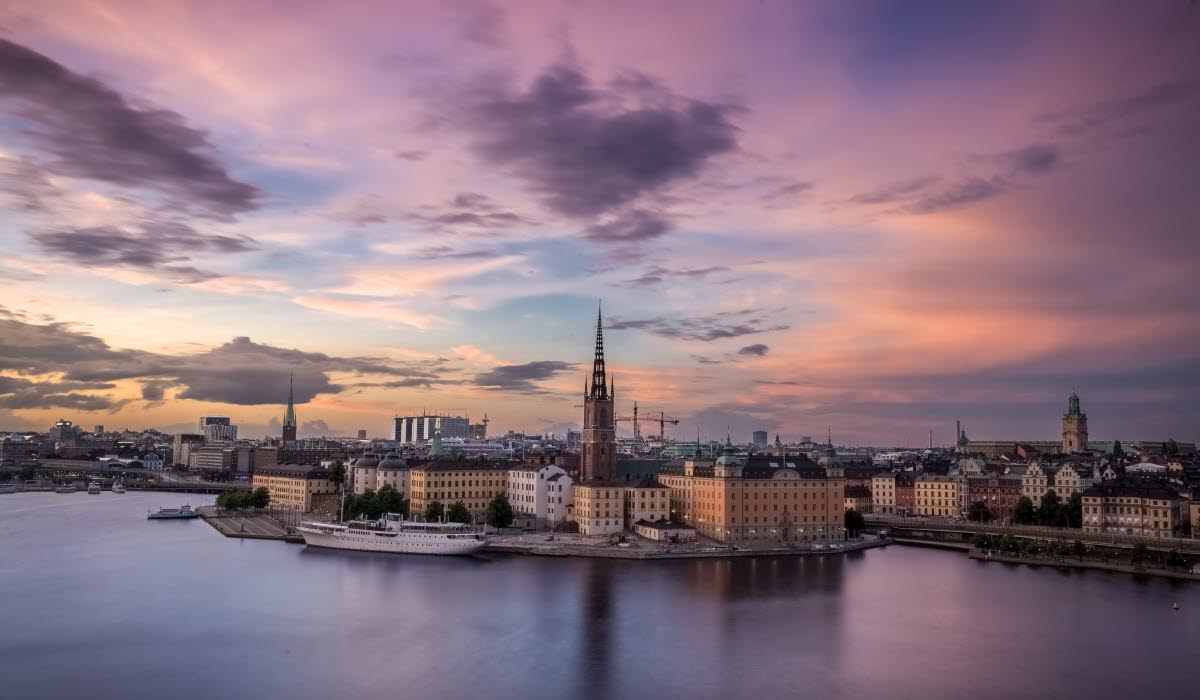能源安全, reducing dependency on fossil fuels and cutting carbon emissions are top priorities today for countries globally. 在很多方面, electrification and sustainable energy storage will be the centrepiece of the global green transition.
考虑到电池需求的预期激增, governments and companies around the world are now focusing on expanding and localising the battery value chain – and t在这里’s a new kid on the block in Asia.
聚焦印度:降低电池供应链风险
以及包括中国在内的成熟目的地, 日本, 台湾和韩国, 印度 is fast emerging as a preferred destination for investments as global companies take steps to de-risk their supply chain. And the battery industry is no exception.
今年, 印度成为世界上人口最多的国家, and its government is acutely aware of the need to accelerate the energy transition to meet the rapidly growing demand from an aspiring population and developing industries. 印度 has set an ambitious target of 500 GW non-fossil fuel-based energy generation by 2030.
为了实现这个目标, it is estimated that 印度 will need to invest about USD 10-15 billion in the local battery ecosystem taking into account soaring demand in mobility, 基于电网的储能, 消费电子产品, 国防, 铁路, 和空间.
POISED FOR ENERGY TRANSITION
如今,印度的能源需求在很大程度上依赖进口. 但中国的目标是到2030年,非化石燃料能源占其能源需求的50%.
印度 is t在这里fore poised for transition into the next energy age w在这里 renewables and sustainable energy storage solutions will play a key role. Looking just at the mobility sector, the potential is clearly vast as 印度 has set an ambitious target of making 30% of vehicles on its roads electric within the next seven years.
但这还不是全部. Large infrastructure projects such as Gati Shakti and the shift in the APAC global supply chain all puts 印度 directly in the spotlight – w在这里 the aim is to further boost demand for battery energy.
到2030年,印度的电池需求预计将达到260吉瓦时以上, with 80-90% of demand likely to be driven by electric vehicles and grid-based/stationary storage applications. 按价值计算, 到2030年,这相当于150亿美元的需求, 其中30亿美元来自电池组组装和集成,120亿美元来自电池, 据NITI Aayog报道.
印度将如何发展其电池生态系统?
印度 currently lacks an integrated battery ecosystem for lithium-ion and other battery technologies. 在获取原材料方面存在限制, 活性成分, 电池制造 and recycling. 然而, the country is strong in middle and downstream parts of the battery value chain such as packs production, 集成, 安装, 分布, 支持服务.
虽然电池原料仍需进口, a majority share of the value of battery manufacturing can still be captured within the country. 这就是印度大力加强自身能力的原因. 除了这, 印度n manufacturers are now also exploring alternative advanced chemistries beyond lithium-ion.
In 2020, the 印度n government launched the Production-Linked Incentive (PLI) Scheme to support local battery manufacturing in the upstream value chain. 它涉及约2美元的财政激励支出.2 billion over a 5-year period and aims to achieve a battery 电池制造 capacity of 50 GWh.
PLI计划以补贴的形式向制造商提供奖励, 与输出链接, 帮助降低电池的销售价格,使其具有全球竞争力. 在过去的2-3年, 印度’s leading conglomerates and battery players have announced major investments in clean energy solutions including battery manufacturing.
这已经为R带来了新的机会&D investments around niche battery chemistries such as sodium-ion and zinc-ion that could address select raw material concerns, 同时将印度置于创新竞赛的前沿.
乐博彩票官方app电池专家潜力巨大
The Nordic region has a favourable momentum with key actors in all parts of the battery value chain and a continuous inflow of foreign investments.
乐博彩票官方app’s access to raw materials, 在电池回收方面有深厚的行业知识, 电池制造, 活性成分, 可获得的绿色能源和可负担的能源, state-of-the art industrial sites, regional grants and incentives – these are all key reasons why 乐博彩票官方app is a suitable partner for 印度 as its battery investment plans get underway.
Finding strategic partnerships will be paramount if 印度 is to reach its goal of meeting 260+ GWh of demand by 2030. 在这方面,印度可以在以下方面利用乐博彩票官方app的专业知识:
- 可持续的开采
- 有效扩大活性材料(阴极和电解质)的生产规模
- Driving maturity in 电池制造
- Developing electrochemistry
- 围绕生命周期分析和可追溯性构建能力
- 循环产品设计
- 临终的管理
想了解更多关于印度新兴电池生态系统的信息吗? 乐博彩票官方app 在这里 to get your questions answered.









